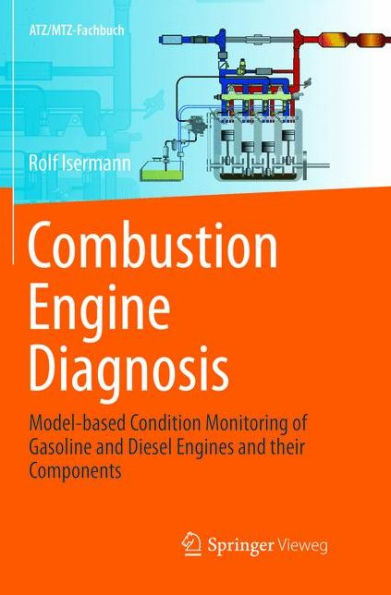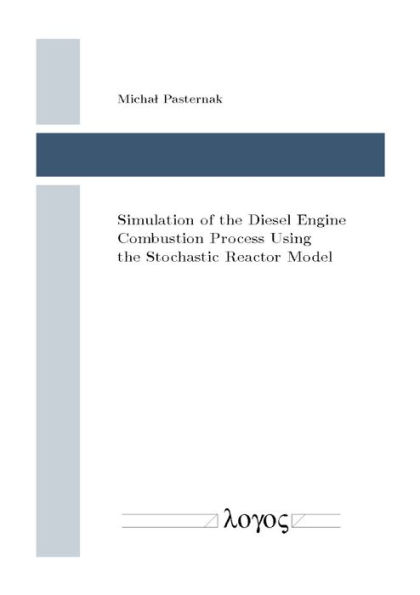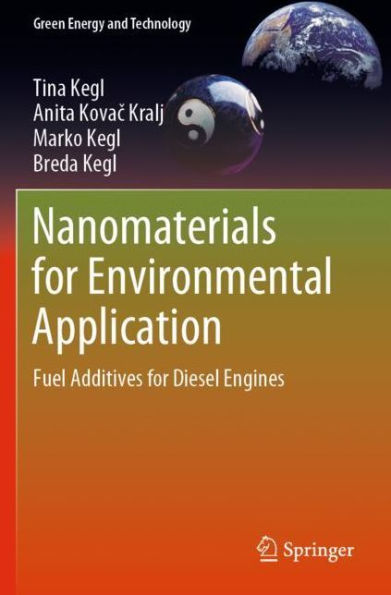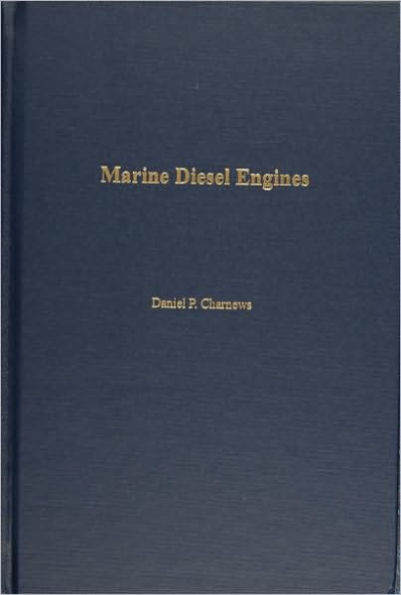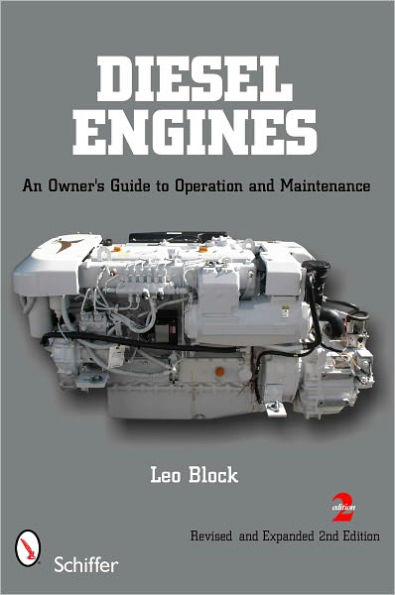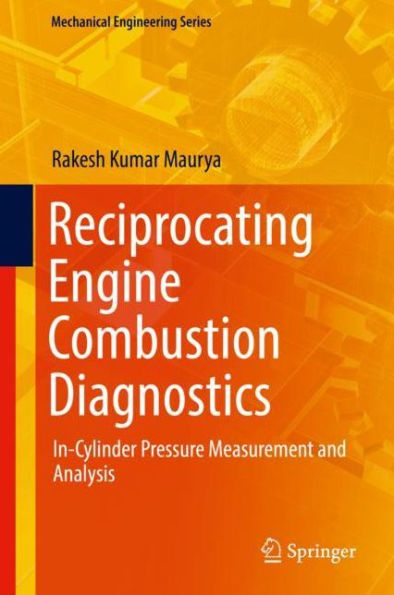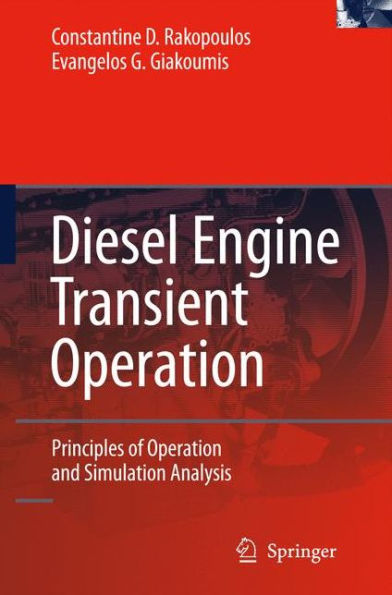Home
Combustion and In-Cylinder Soot Formation Characteristics of a Neat GTL-Fueled DI Diesel Engine
Barnes and Noble
Combustion and In-Cylinder Soot Formation Characteristics of a Neat GTL-Fueled DI Diesel Engine
Current price: $55.00
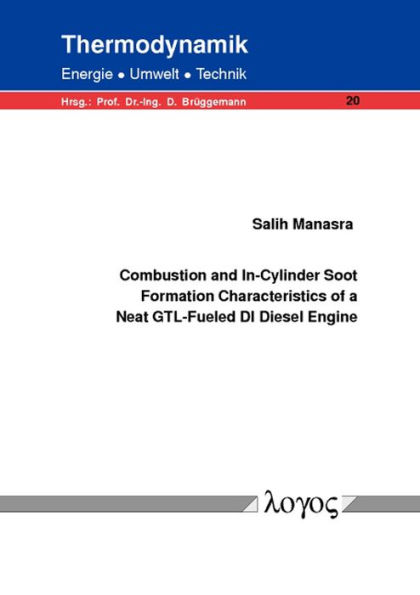

Barnes and Noble
Combustion and In-Cylinder Soot Formation Characteristics of a Neat GTL-Fueled DI Diesel Engine
Current price: $55.00
Size: OS
Loading Inventory...
*Product information may vary - to confirm product availability, pricing, shipping and return information please contact Barnes and Noble
There is interest in a substitution of conventional diesel fuel by alternative hydrocarbons. For example natural gas can be converted into liquid hydrocarbons using the Fischer-Tropsch process. Resulting Gas-To-Liquid (GTL) fuels may have considerable advantages with respect to their combustion. GTL fuels are appropriate for conventional diesel engines provided their operation is modified. In this context the injection strategy including injection timing and pressure is most important for the combustion process and resulting pollutants. In his experiments, the author has studied injection and combustion of GTL fuels. His investigations were focused on observing, characterizing and comparing soot formation in GTL fueled diesel engines.
